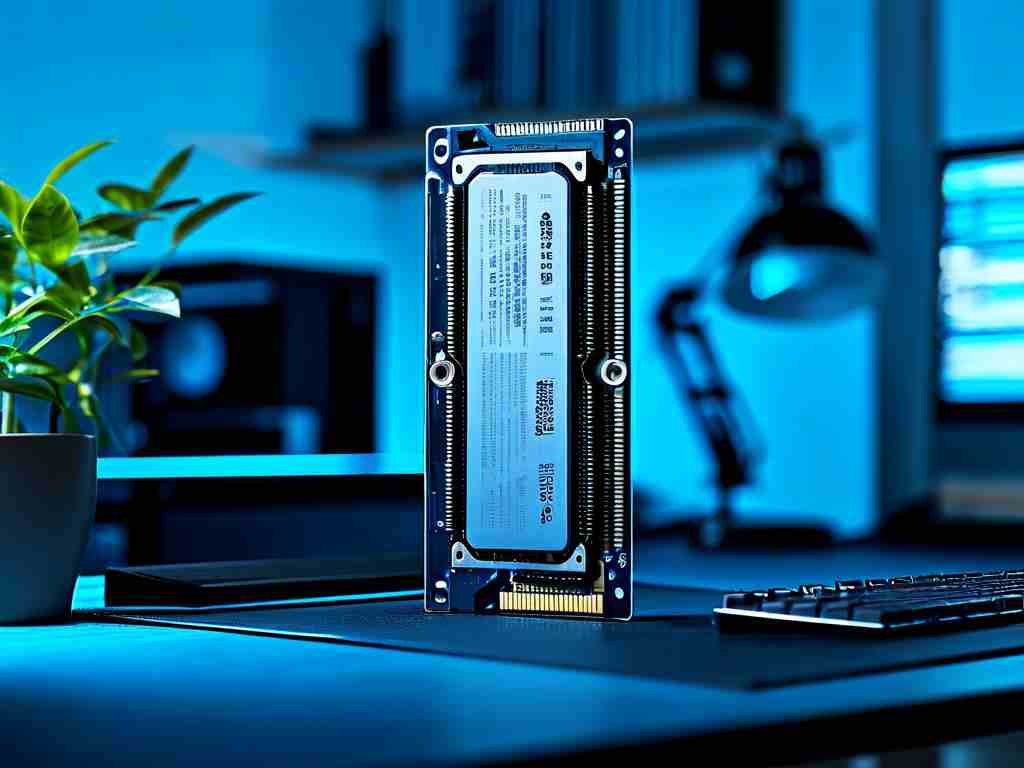When building or upgrading a programming workstation, selecting the right memory capacity often sparks heated debates among developers. The truth is, RAM requirements vary dramatically based on workflow complexity and technology stacks. Let's dissect this through practical scenarios and technical insights.
For basic web development using HTML/CSS/JavaScript, 8GB RAM might seem sufficient at first glance. However, modern IDEs like WebStorm (consuming 700MB-1.2GB) coupled with Chrome's memory-hungry DevTools (easily eating 2GB per project) quickly reveal the limitations. A developer testing progressive web apps with multiple browser instances could hit memory ceilings within hours.
Consider this Python memory profiling snippet:

import tracemalloc
tracemalloc.start()
# Your code execution
snapshot = tracemalloc.take_snapshot()
top_stats = snapshot.statistics('lineno')
for stat in top_stats[:5]:
print(stat)
This reveals how even simple scripts can allocate unexpected memory through imported libraries. Data scientists working with NumPy/Pandas often discover their 16GB systems struggling when processing 10GB CSV files, as these libraries create multiple in-memory copies during transformations.
Game developers face unique challenges. While Unity recommends 8GB minimum, actual projects using high-poly assets and real-time ray tracing frequently require 32GB+. One Unreal Engine developer shared that their open-world prototype consumed 22GB RAM during lighting builds, causing frequent crashes on 16GB machines.
The containerization revolution adds new dimensions. A Kubernetes cluster running three Node.js microservices, Redis cache, and monitoring tools easily consumes 12GB before application logic executes. Docker's default 2GB allocation per container becomes inadequate for memory-intensive processes like machine learning inference engines.

Emerging technologies further complicate requirements. WebAssembly applications, while efficient at runtime, demand substantial memory during compilation phases. Blockchain developers report Ethereum smart contract deployments needing 6-8GB free memory for complex Solidity projects.
Future-proofing strategies suggest interesting patterns. Developers adopting 64GB systems report unexpected benefits: the ability to run multiple virtual machines for cross-platform testing (Windows ARM + Linux x64 simultaneously) or process 4K video assets in side projects without hardware swaps.
However, there's a caveat. Overprovisioning leads to diminishing returns. A study of 500 developers showed those with 128GB systems only utilized >64GB in 12% of workflows. Smart allocation matters more than raw capacity - prioritizing dual-channel configurations and higher clock speeds often yields better real-world performance than simply adding more DIMMs.
Budget-conscious programmers should monitor memory usage patterns. Windows users can leverage PowerShell commands:
Get-Counter '\Memory\Available MBytes'
Mac developers might use:
vm_stat | grep "Pages free"
These tools help identify actual needs rather than relying on spec sheet comparisons. Ultimately, the sweet spot for most professional developers in 2024 appears to be 32GB - enough headroom for complex tasks without entering the realm of overkill. As one senior engineer quipped: "Running out of RAM is cheaper than wasting money on unused silicon, but time lost to swapping is the most expensive resource of all."






